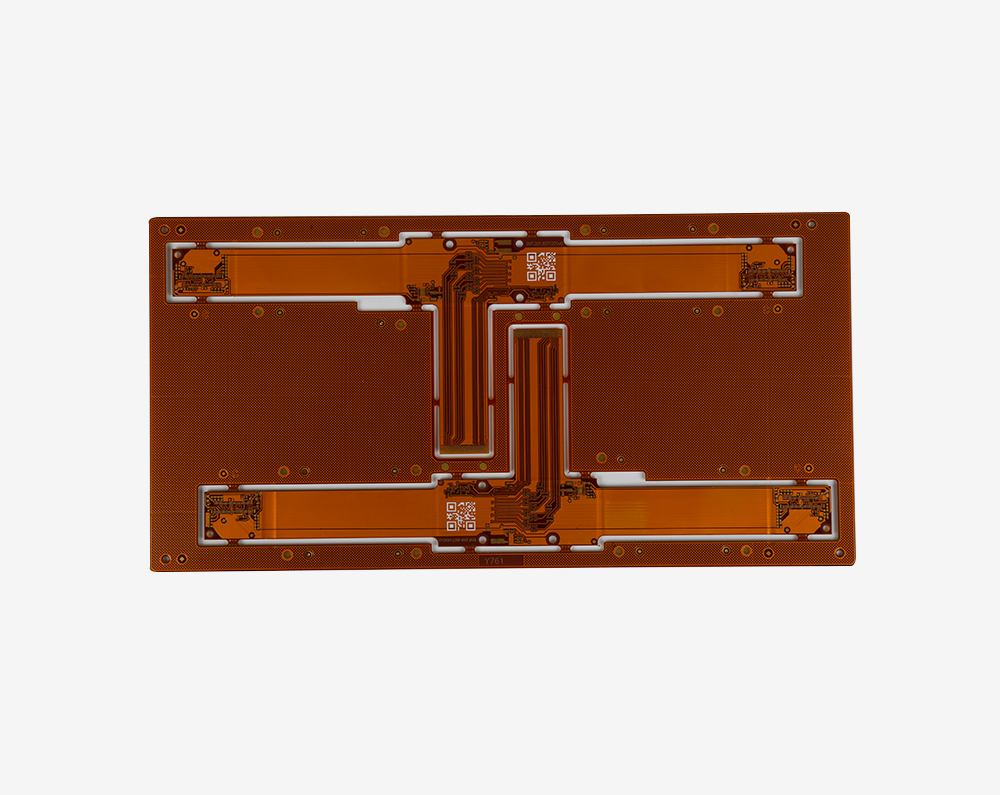Time:2023-06-20Views:
The quality of the bottom version is mainly manifested in two aspects: light density and size stability.
Regarding the light density, the light density DMAX is required to be greater than 4, and the minimum light density DMIN is less than 0.2. Light density refers to the lower limit of the light blocking film in the bottom version of the left ultraviolet light. That is to say, the light gear density of the bottom version of the opaque area can achieve good light blocking purpose. The minimum light density refers to the upper limit of the light gear of the transparent sheet outside the ultraviolet light in the ultraviolet light. That is to say, when the light density of the underlying version of the transparent area is less than 0.2, it can achieve a good light transmission purpose. The size stability of the bottom version (refers to changes in temperature, humidity, and storage time) will directly affect the size and accuracy and image weight of the printed board. The size of the bottom version of the bottom version will be severely inflated or reduced. Drilling is deviated. The original domestic SO rigid soft film was affected by temperature and humidity, and the size changed greatly. The temperature coefficient and humidity factor were about (50-60) × 10-6 / ℃ and (50-60) × 10-6 / %. For A S0 version with a length of about 400mm, the size changes in winter and summer can reach 0.5-1mm, and may be half -holes to a hole distance when imaging on the printed board. Therefore, the production, use and storage of the bottom version of the bottom are in the environment of constant temperature and humidity.

Silver salt tablets (such as 0.18mm) and heavy nitrogen tablets with thick polyester tablets can improve the size stability of the bottom version of the photo. In addition to the above three main factors, the choice of vacuum systems and vacuum frame materials of the exposure machine will also affect the quality of exposure imaging.

